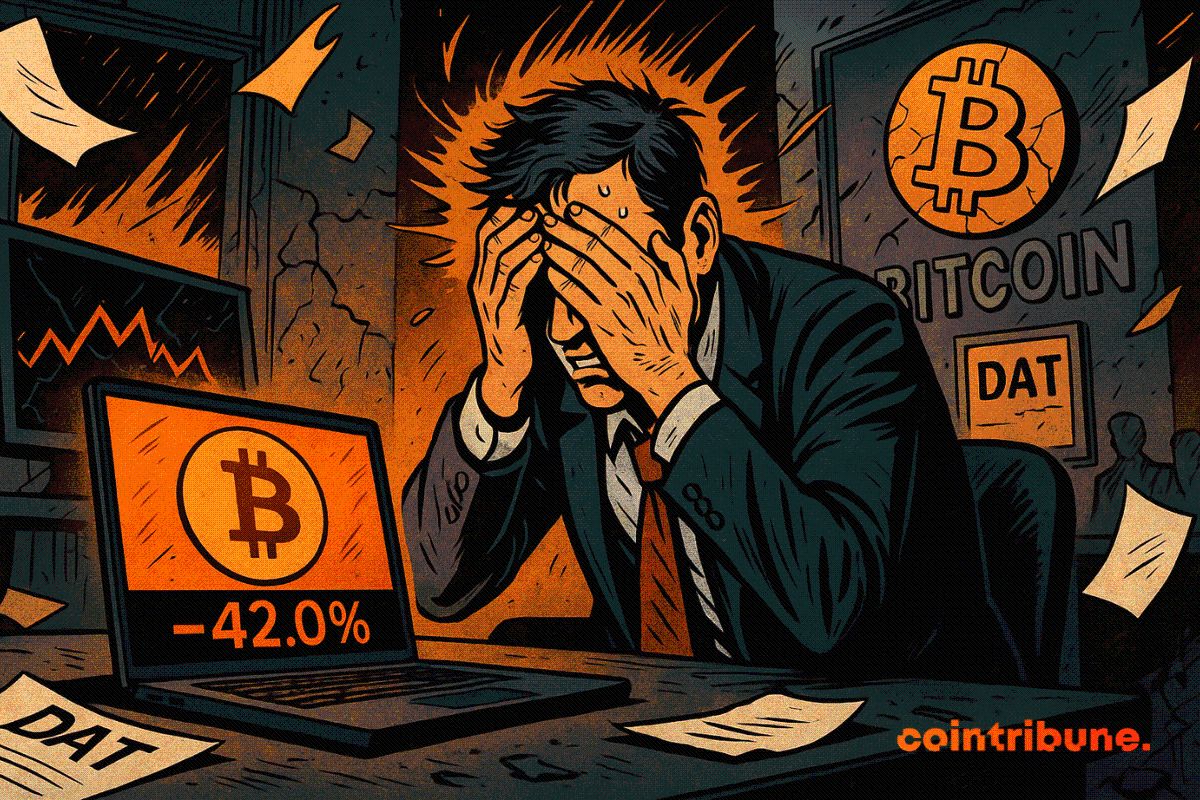CFTC Leadership Vacuums and Crypto Regulatory Uncertainty: Navigating the New Normal for Institutional Investors
- CFTC's leadership vacuum and reduced enforcement staff hinder effective crypto regulation. - Institutional investors shift to regulated assets like Bitcoin ETFs amid uncertainty. - Policy fragmentation between CFTC and SEC complicates compliance for multi-jurisdictional firms. - Confirming Brian Quintenz and restoring full staffing could address regulatory gaps.
The Commodity Futures Trading Commission (CFTC) has long been a cornerstone of U.S. financial market integrity, but its current leadership vacuum is creating a ripple effect across institutional investment strategies in digital assets. As of August 2025, the agency operates with only one confirmed commissioner—Acting Chair Caroline Pham—amid stalled confirmation of Brian Quintenz, the President's nominee for Chair. This structural fragility, compounded by a 15% reduction in enforcement staff since 2021, has left the CFTC ill-equipped to address the rapid evolution of crypto markets. For institutional investors, the consequences are clear: regulatory limbo, enforcement gaps, and a fragmented policy landscape that demand recalibration of risk and opportunity.
The CFTC's Leadership Crisis: A Catalyst for Uncertainty
The CFTC's role in regulating digital assets has expanded significantly since the passage of the Digital Asset Market Clarity Act and the GENIUS Act in mid-2025. These laws delineated the CFTC's jurisdiction over non-security digital assets and paved the way for spot Bitcoin ETFs, which have attracted over $15 billion in inflows since June 2025. However, the agency's leadership instability is undermining its ability to implement these frameworks effectively.
With only one commissioner in place, the CFTC's capacity to collaborate with the SEC on cross-border crypto regulations is severely constrained. This delay prolongs clarity for institutional investors seeking to navigate compliance requirements, particularly in emerging areas like stablecoin oversight and prediction markets. For example, the agency's recent adoption of Nasdaq's surveillance technology to monitor stablecoin reserves has increased scrutiny of unaudited tokens, but without a full commission, enforcement remains inconsistent.
Institutional Investor Adaptation: Prioritizing Stability in a Shifting Landscape
The CFTC's leadership vacuum has forced institutional investors to adopt a defensive posture. Major cryptocurrencies like Bitcoin and Ethereum , classified as commodities under CFTC jurisdiction, are now seen as safer assets compared to newer, unclassified tokens. This shift is evident in the surge of capital into spot Bitcoin ETFs, which offer institutional-grade safeguards and regulatory clarity under the GENIUS Act.
Meanwhile, stablecoins and gold-backed tokens are being leveraged as hedges against volatility. The CFTC's enhanced surveillance of stablecoin reserves has made well-audited options more attractive, particularly as enforcement gaps in unregulated exchanges persist. For instance, the agency's recent $228.6 million judgment against a crypto Ponzi scheme highlights the risks of under-resourced enforcement, prompting investors to favor assets with transparent collateral.
Policy Fragmentation and the Road Ahead
The CFTC's current Republican-leaning leadership, under Acting Chair Pham, is prioritizing innovation over consumer protection—a stance that risks regulatory fragmentation. This divergence from the SEC's security-focused approach creates compliance challenges for multi-jurisdictional institutions. For example, prediction markets like Kalshi, which operate under CFTC oversight, face an uncertain future as the agency's leadership remains in flux. The confirmation of Brian Quintenz, whose ties to Kalshi have drawn criticism, could accelerate their adoption but may also delay progress due to political and ethical concerns.
Institutional investors must also contend with the broader implications of this fragmentation. Divergent state-level regulations, such as New York's BitLicense framework, further complicate compliance. The lack of a unified federal strategy means that firms must allocate resources to navigate a patchwork of rules, diverting capital from innovation and growth.
Strategic Recommendations for Institutional Investors
- Focus on Regulated Assets: Prioritize investments in digital assets with clear legal status under the CFTC and SEC, such as Bitcoin, Ethereum, and spot ETFs. These assets are less vulnerable to regulatory shifts and offer institutional-grade safeguards.
- Leverage Hedging Mechanisms: Use stablecoins and gold-backed tokens to mitigate volatility, particularly as the CFTC's enforcement capacity remains constrained.
- Monitor Leadership Developments: Track the confirmation of Brian Quintenz and the CFTC's staffing decisions, as these will shape the agency's regulatory priorities. A full commission could restore clarity, but enforcement gaps may persist.
- Engage in Policy Advocacy: Institutional investors should collaborate with industry groups to advocate for bipartisan regulatory frameworks that balance innovation with consumer protection.
Conclusion
The CFTC's leadership vacuum is not merely a bureaucratic inconvenience—it is a structural challenge that reshapes the crypto market's risk-reward calculus. For institutional investors, the path forward lies in agility, prioritizing assets with robust legal foundations, and hedging against regulatory uncertainty. As the agency works to confirm its leadership and restore full commission staffing, the ability to adapt to a fragmented regulatory landscape will determine long-term success in the digital asset space.
Disclaimer: The content of this article solely reflects the author's opinion and does not represent the platform in any capacity. This article is not intended to serve as a reference for making investment decisions.
You may also like
Espresso co-founder’s decade in crypto: I wanted to disrupt Wall Street’s flaws, but witnessed a transformation into a casino instead
Everything you've been hoping for may have already arrived; it just looks different from what you expected.

Solana Foundation Steps In as Kamino and Jupiter Lend Dispute Intensifies

Bitcoin Firms Confront the Boomerang Effect of Excessive Leverage

Ethereum Burns $18B, Yet Its Supply Keeps Growing
